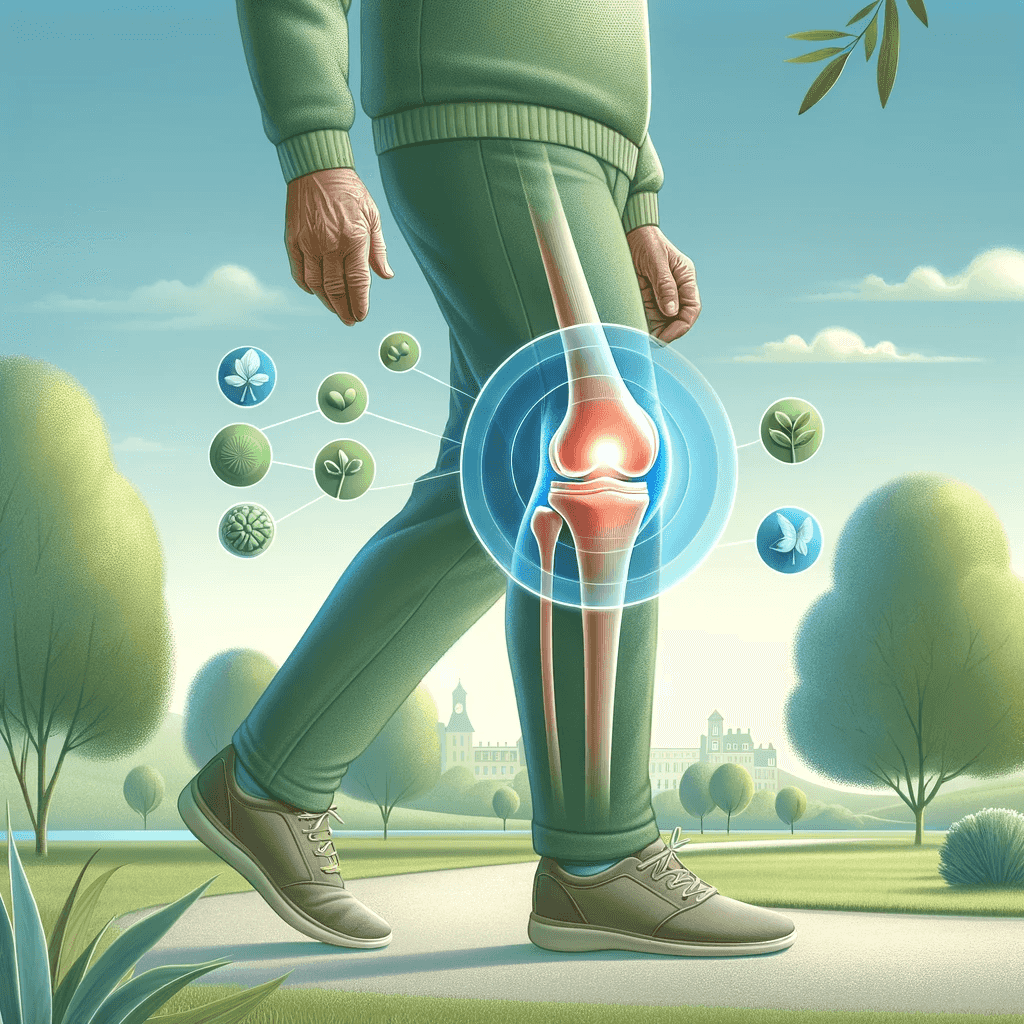Ever wondered if a simple stroll could be your secret weapon against Chondromalacia Patella? Our knees, often overlooked, are pivotal to our mobility and overall wellbeing. Yet, they can fall victim to conditions like Chondromalacia Patella, a common cause of knee pain. Understanding this condition, its causes, symptoms, and treatments, is the first step towards effective management.
Exercise, particularly walking, might just be the underrated hero in this narrative. This article will explore how daily walks can aid your knee health, potentially alleviating the discomfort associated with Chondromalacia Patella. Walking, as a form of physical therapy, has benefits that extend beyond merely strengthening the muscles around the knee.
But it's not just about walking. It's about walking right. Knowing the proper techniques, what to avoid, and other ways to assist the healing process can make all the difference. This information is vital, not just for those affected by Chondromalacia Patella, but for anyone who values their mobility and wants to keep their knees healthy. So, let's set the pace for a journey towards better knee health, one step at a time.
The Role of Exercise in Healing Chondromalacia Patella
Let's dive into the role of exercise in healing Chondromalacia Patella. It's not just about getting up and moving; it's about moving right, and with purpose. Certain exercises can be a game-changer when it comes to managing knee pain and promoting healing.
First off, we have the Straight Leg Raise. This exercise strengthens the hip flexor and quadriceps muscles, which are key to lifting the leg while keeping the knee stable. Then there's the Side Lying Leg Raise, which works on your gluteus medius while also stabilizing the knee.
The Clamshell exercise is another great one for strengthening the gluteus medius muscle, akin to the low-impact effort of rolling a bowling ball, which can also engage the hip muscles without excessive strain. Hip Extension Leg Raises, on the other hand, focus on strengthening the glutes and hamstrings, and can be as energy-efficient as a leisurely walk that burns calories at a steady, manageable rate. Lastly, the Semi Squat is a fantastic way to strengthen the quadriceps muscles. But remember, before you start any exercise program, it's crucial to consult with a healthcare provider or physical therapist.
Now, let's talk about walking. It's a low-impact exercise that can do wonders for knee health and pain reduction. Walking helps strengthen and improve the flexibility of the muscles around the knee joint. It can also help reduce inflammation, improve circulation, and promote healing. Plus, it's great for improving balance and coordination. Incorporating walking into your routine, such as hiking on gentle trails with a weighted vest, can provide additional resistance training to further strengthen the supporting muscles around the knee, but should be approached with caution and under professional advice to avoid overloading the joints.
In essence, walking can be an effective form of physical therapy for Chondromalacia Patella. It's not just about the destination; it's about the journey, and every step you take is a step towards better knee health. So, lace up those walking shoes and take the first step towards a healthier, happier you.
Practical Tips and Precautions for Managing Chondromalacia Patella
Moving on to practical tips and precautions for managing Chondromalacia Patella, let's chat about how to walk right and what to avoid when knee pain strikes.
Firstly, proper walking techniques are crucial. Keep your head up, look forward, swing your arms freely, and make sure your steps are a comfortable length. Start with short, frequent walks and gradually increase your distance as your strength and endurance improve.
Now, when you're dealing with Chondromalacia pain, there are a few things you should steer clear of. Activities that put a lot of pressure on the patella, like going up and down stairs, deep knee bends, and high-impact aerobics, are a no-no. High-heeled shoes and exercises that involve lifting leg weights while sitting on the edge of a table should also be avoided.
So, what can help the healing process? Well, an elastic knee support with a cut-out for the kneecap can provide some relief. Ice packs applied for 20 minutes after exercising can also help, as can over-the-counter pain relievers like Aspirin, Aleve, or Advil.
Switching to less knee-aggressive exercises like swimming, gentle tai chi movements designed for seniors, or yoga can be beneficial. Strengthening the muscles around your knees is also key. If you're carrying a few extra pounds, losing weight through a healthy diet and exercise can take some pressure off your knees.
Avoid repeated stress to your kneecaps and wear kneepads if you're going to be on your knees. Creating muscle balance by strengthening your quadriceps, hamstrings, abductors, and adductors can also help. If you have flat feet, shoe inserts that increase your arch can decrease the pressure on your knees and may help realign the kneecap.
Remember, maintaining a healthy weight, balancing rest and activity, and learning how to tape your knee to align the patella and ease pain can all contribute to the healing process. It's all about taking care of your knees so they can take care of you.
Summary of Key Points
Alright, let's wrap this up with a quick summary of the key points we've covered.
Walking is a fantastic low-impact exercise that can help ease the pain and boost mobility for folks with chondromalacia patella. But remember, it's not just about walking, it's about walking right.
That means walking on flat surfaces, at a moderate pace, and for short periods to start with. As your knee gets stronger, you can gradually up the duration.
Footwear matters too. Make sure you're wearing shoes that offer good support and cushioning. And don't forget about form - keep your back straight, head up, and maintain a normal gait. No limping or favoring one leg over the other.
Walking should be part of a bigger picture. It works best when combined with other exercises that strengthen the muscles around the knee, and as part of a comprehensive treatment plan that includes rest, ice, compression, and elevation (RICE).
And of course, it's always a good idea to walk under the guidance of a physical therapist or healthcare professional.
Now, there are times when walking should be avoided. If it's causing pain or discomfort, if there's swelling or inflammation in the knee, or if you have a history of knee injury, surgery, arthritis, other joint conditions, or chronic knee pain, it's best to give walking a miss.
Remember, it's all about listening to your body and doing what's best for your knees. Happy walking!









